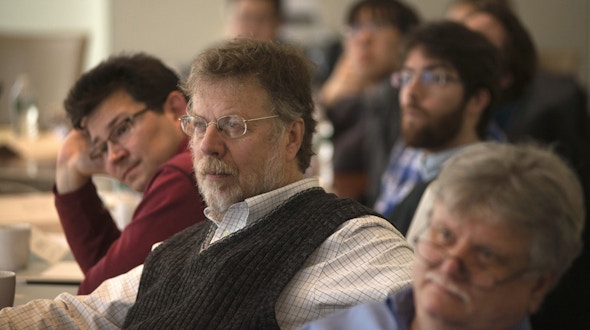Real Materials

The Real Materials Group will work to integrate modern many body techniques into chemically realistic first-principle electronic structure formalisms.
The initial research activity will focus on two directions for improving the ‘GW’ approach to electronic structure. The GW approach was formulated as a general solution to the quantum many body problem in the presence of nuclear potentials, but all existing implementations use simple and uncontrolled low-order diagrammatic approximations. One direction will be to integrate the new diagrammatic Monte Carlo methods with GW (van Schilfgaarde, Kozik; interaction with the Monte Carlo Group (Prokof’ev/Svistunov)). The initial target will be the application of the methodologies to the calculation of energetics and excitation spectra of simple elemental compounds such as silicon. A second direction will be to combine the GW approximation with modern embedding (dynamical mean-field) methods to obtain a realistic description of strongly correlated compounds (van Schilfgaarde, Haule, Kotliar). Important computational needs include optimizing the GW codes and improving the interface between many body and real materials calculations by devising more efficient and standardized methods for generating, storing and using representations of orbitals and of interaction matrix elements.



